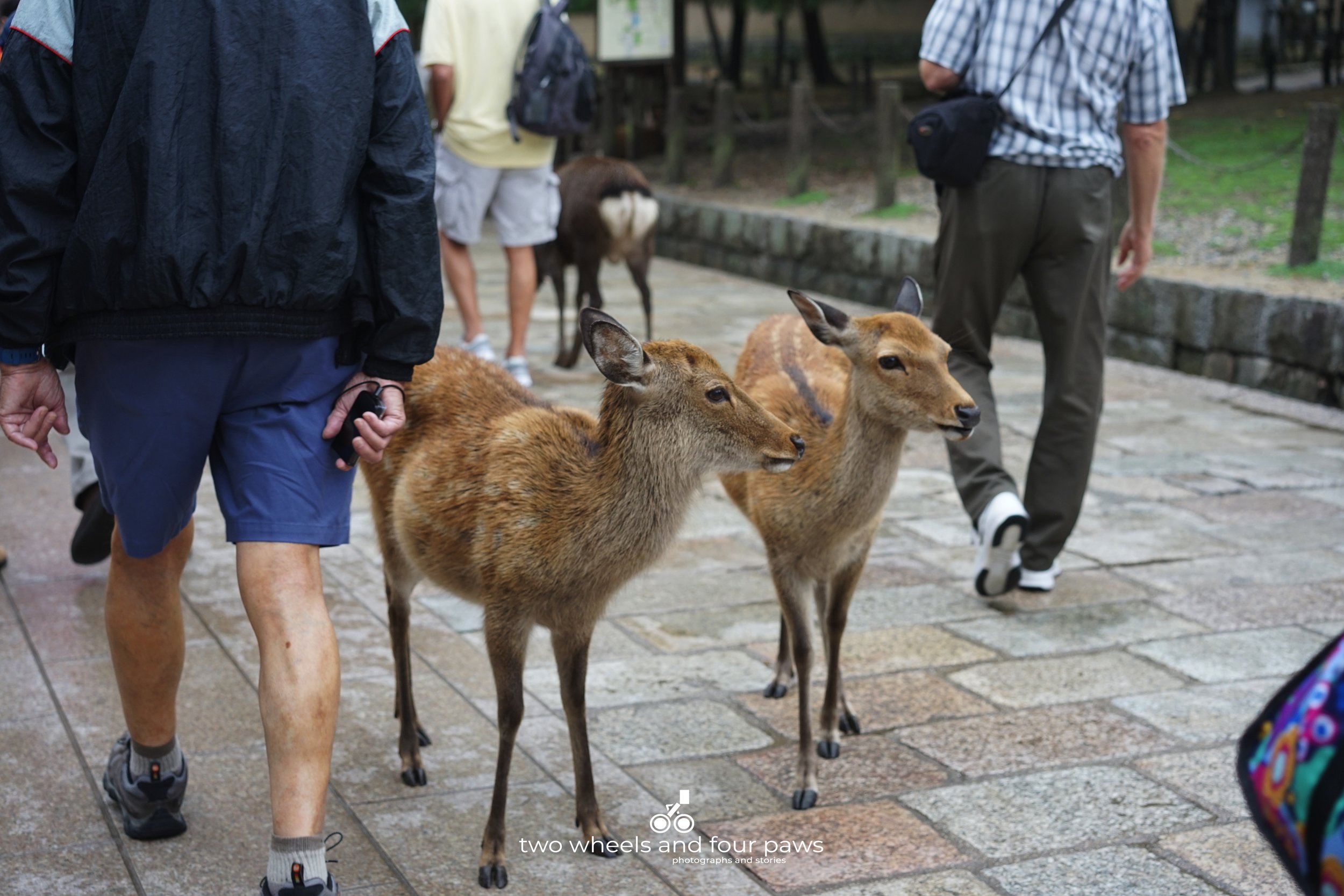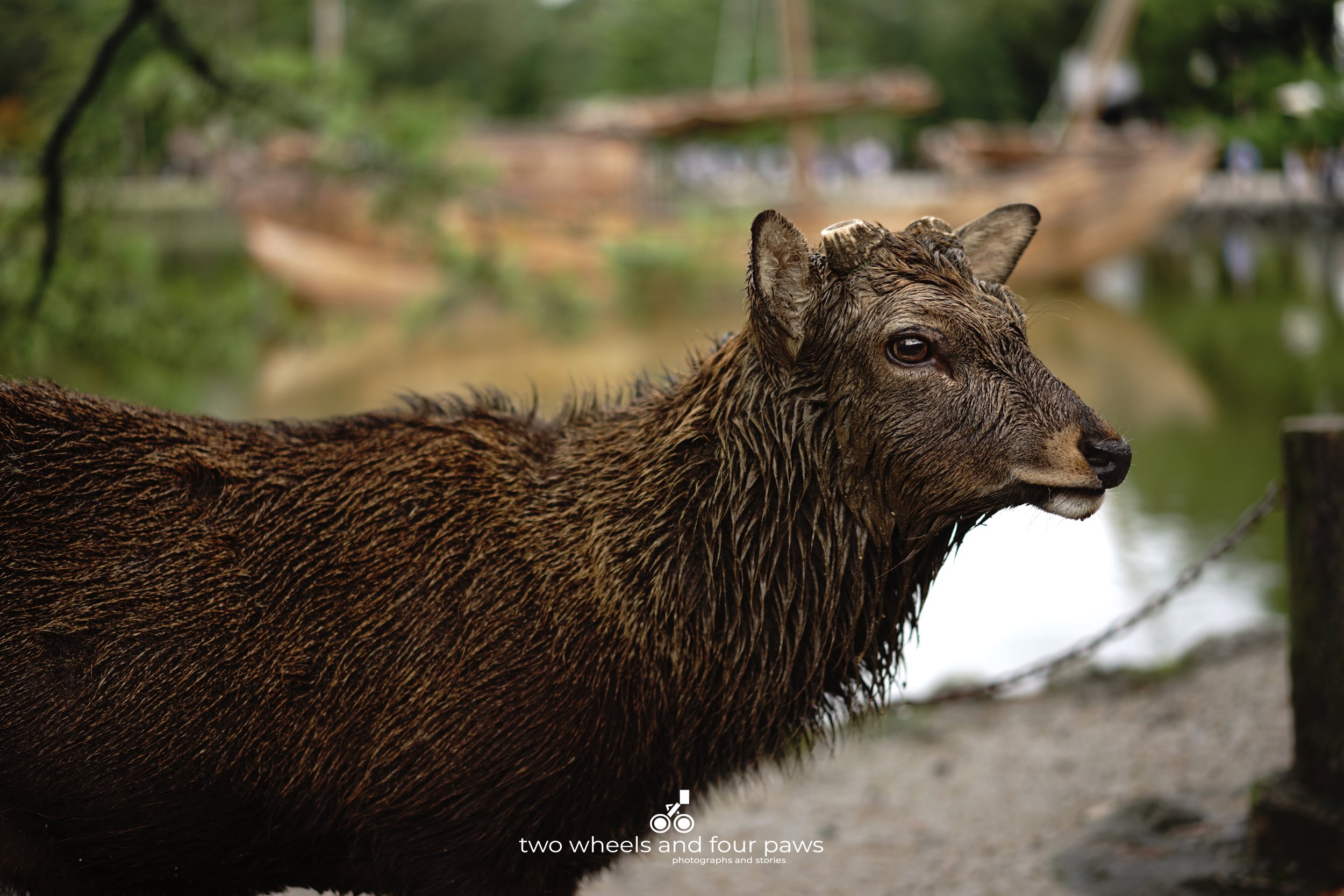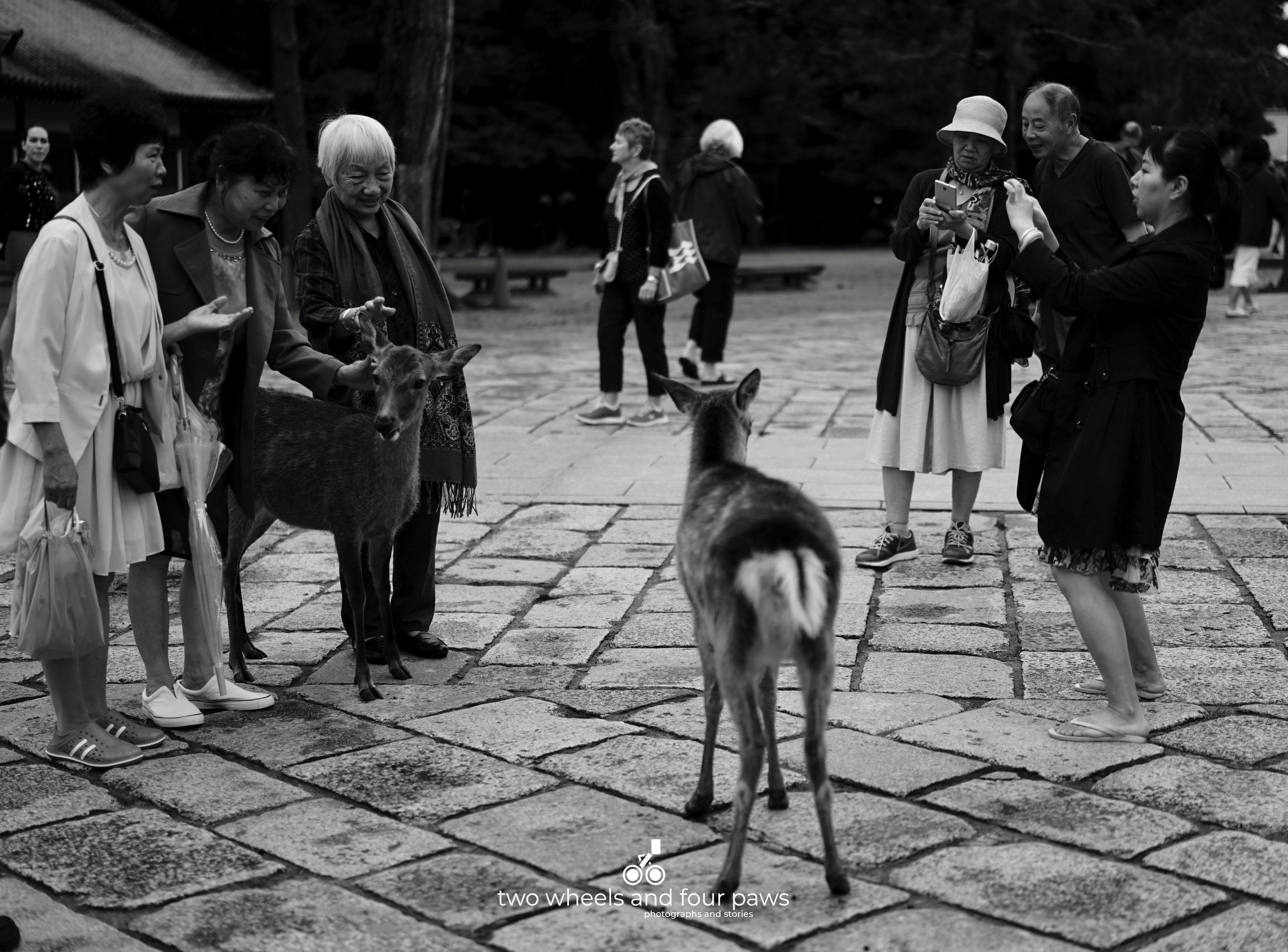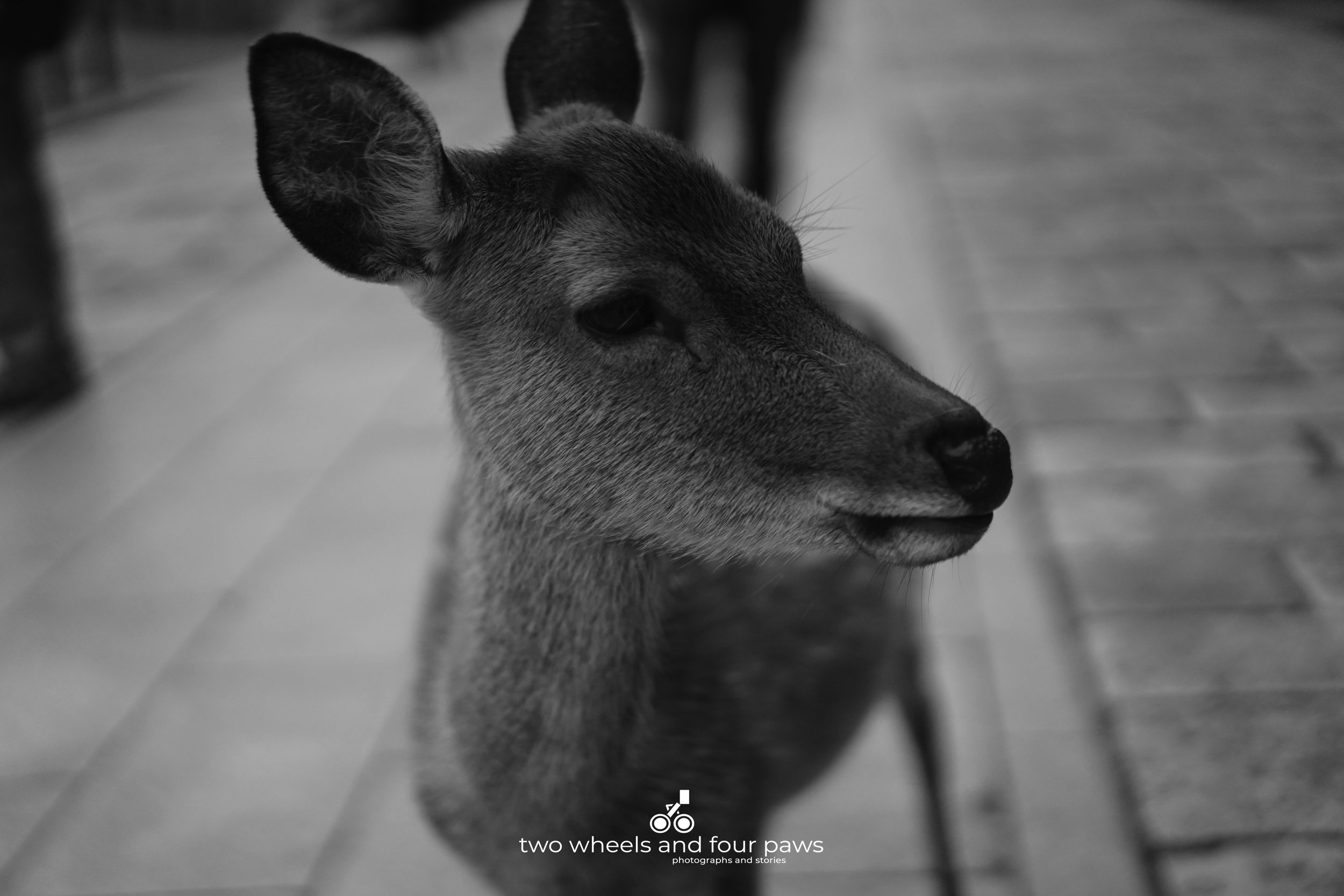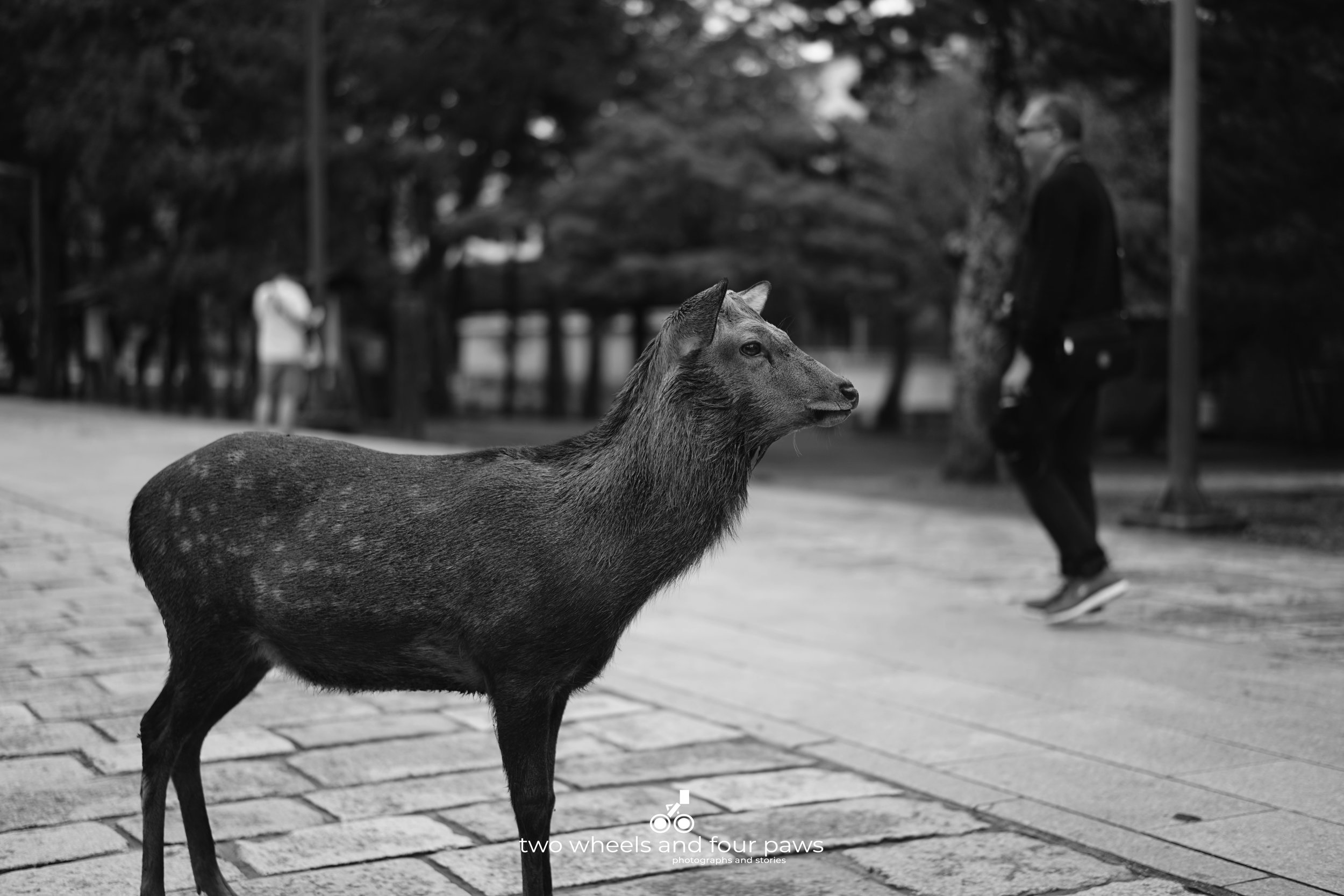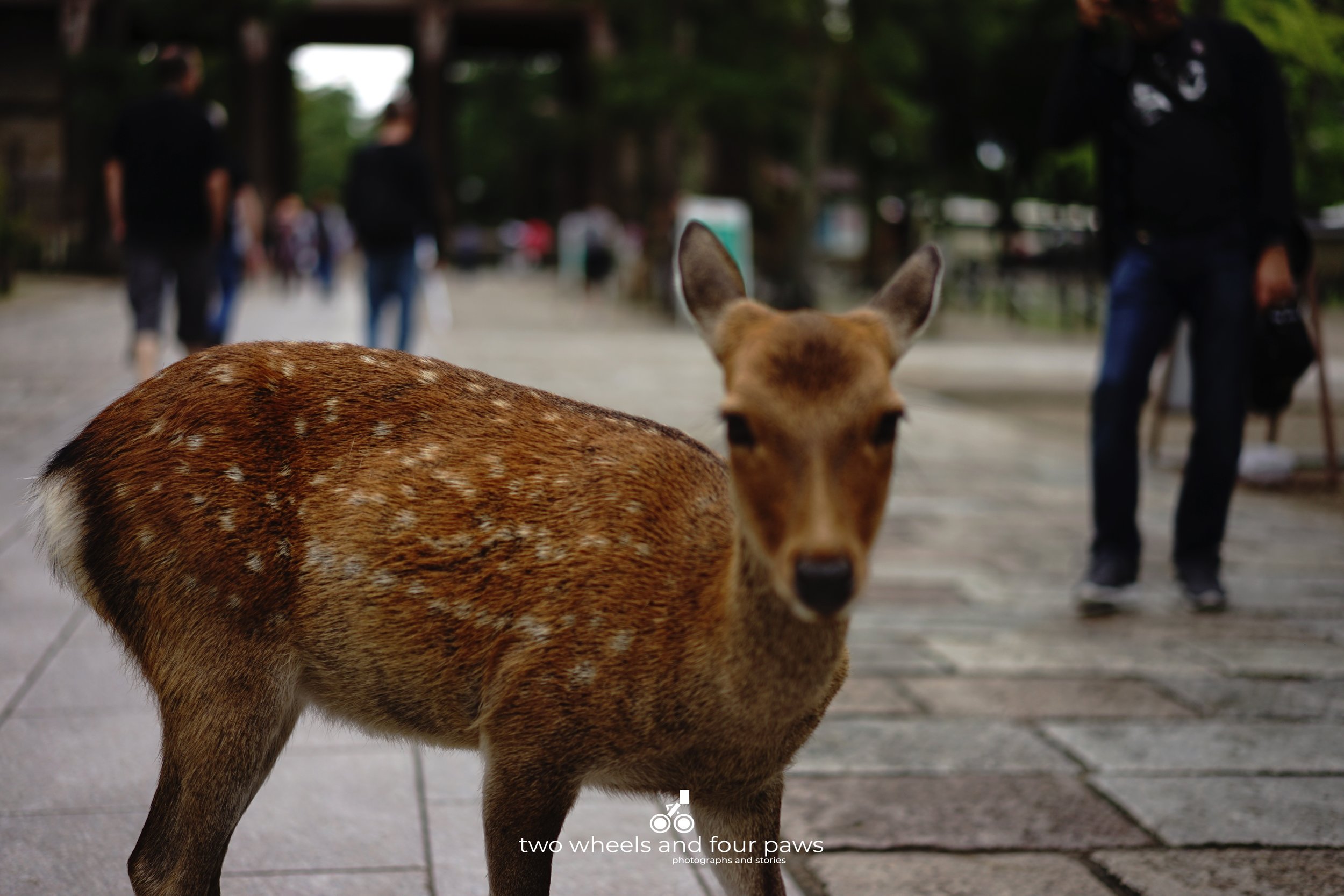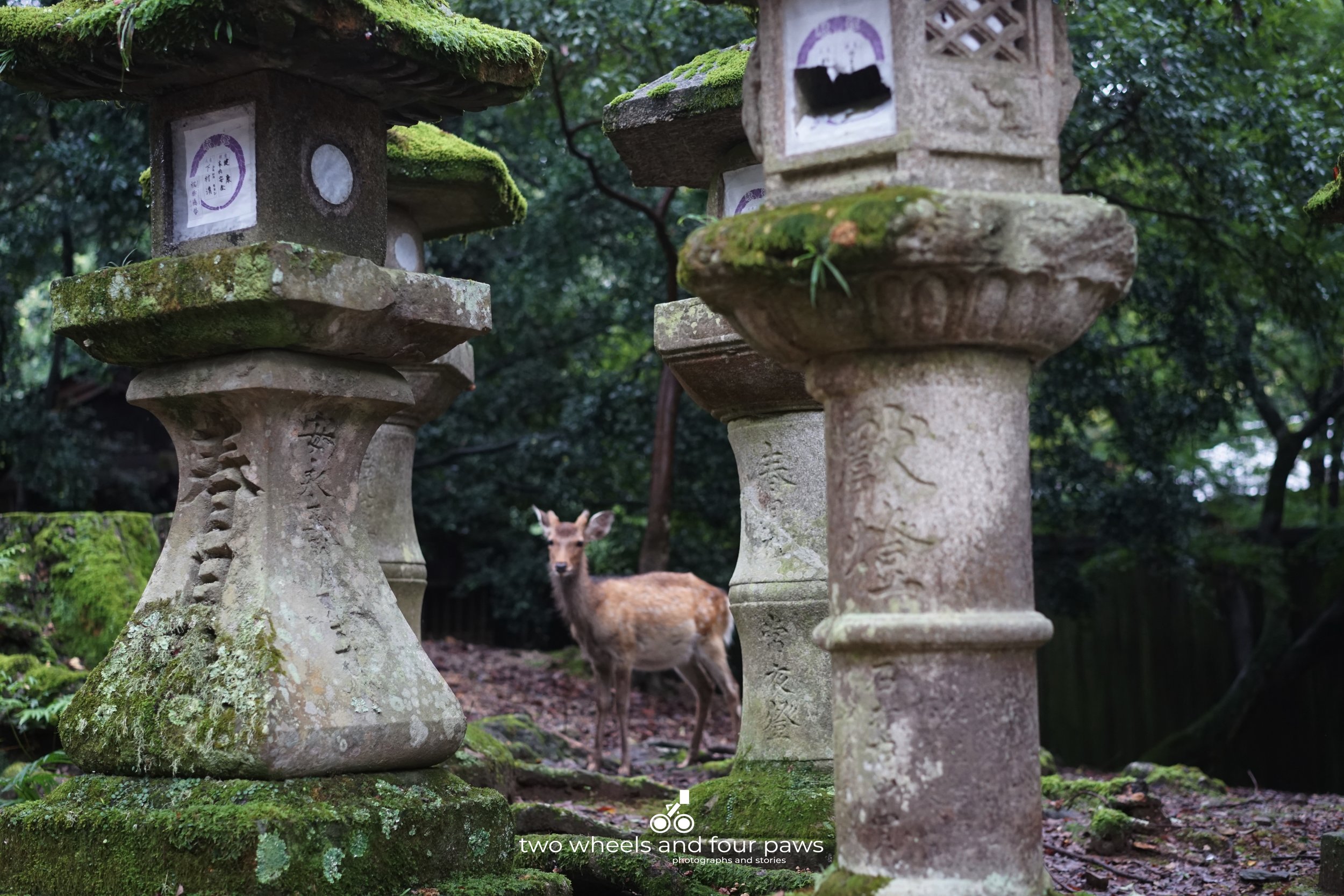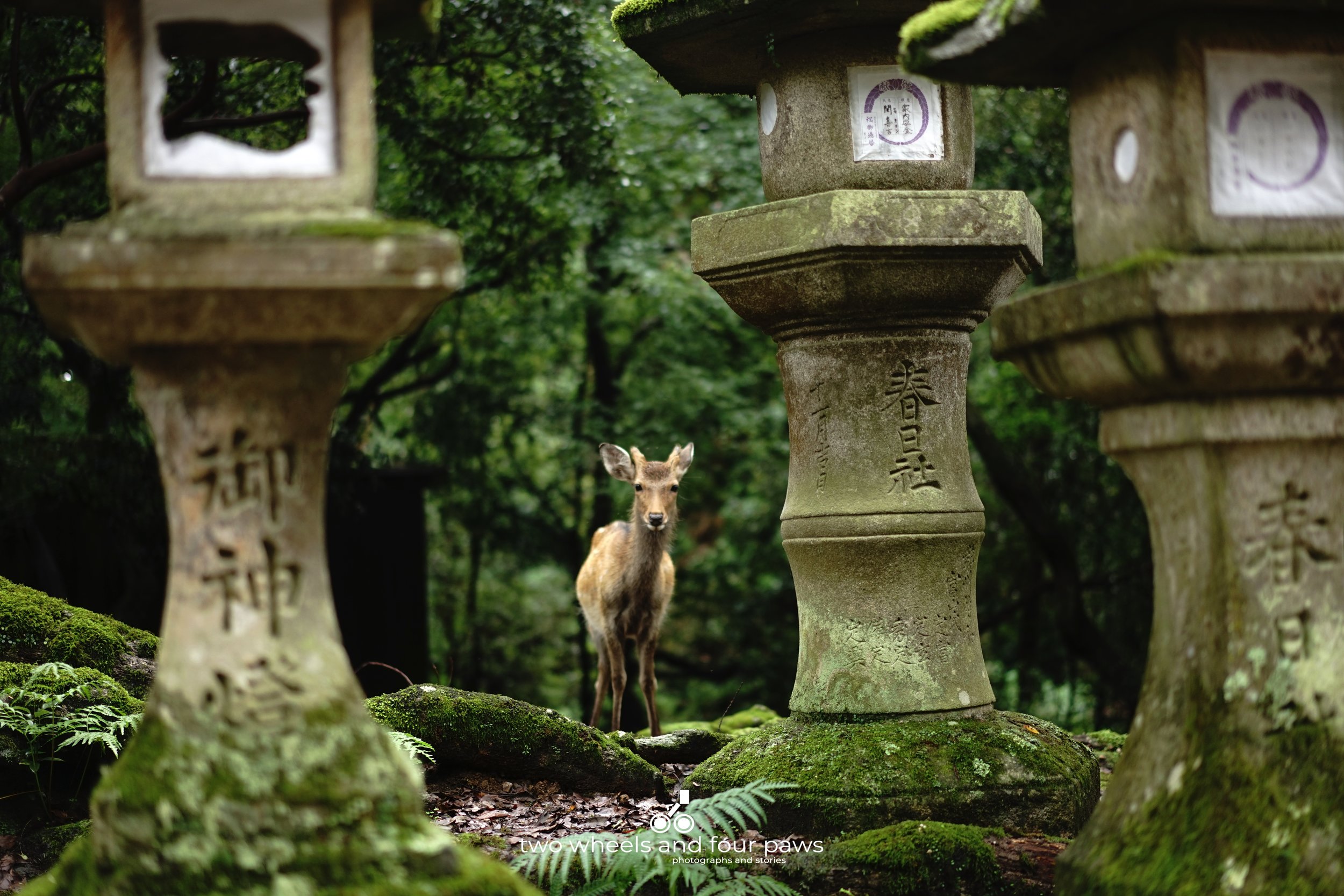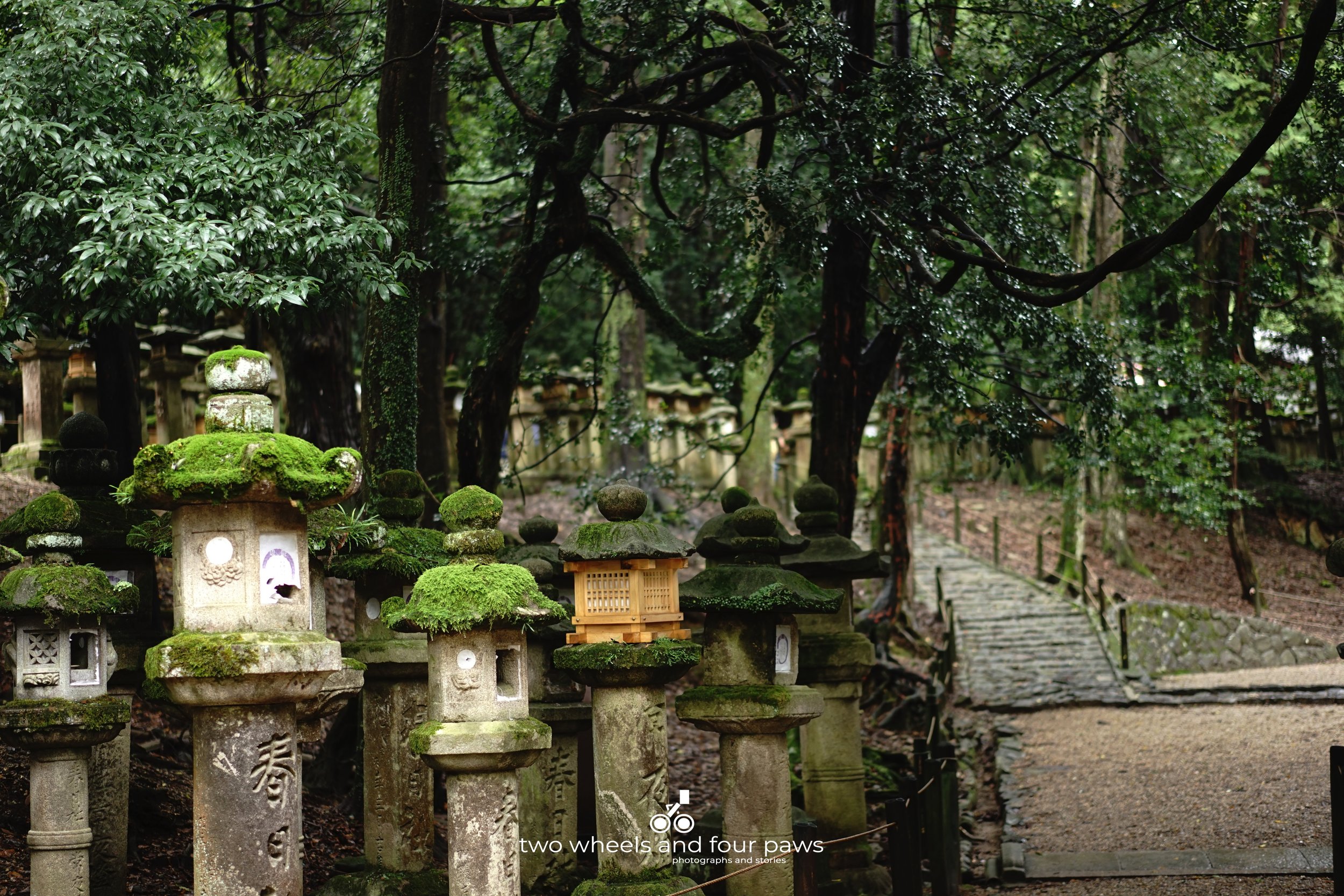“Zen is not some kind of excitement, but concentration on our usual everyday routine ”
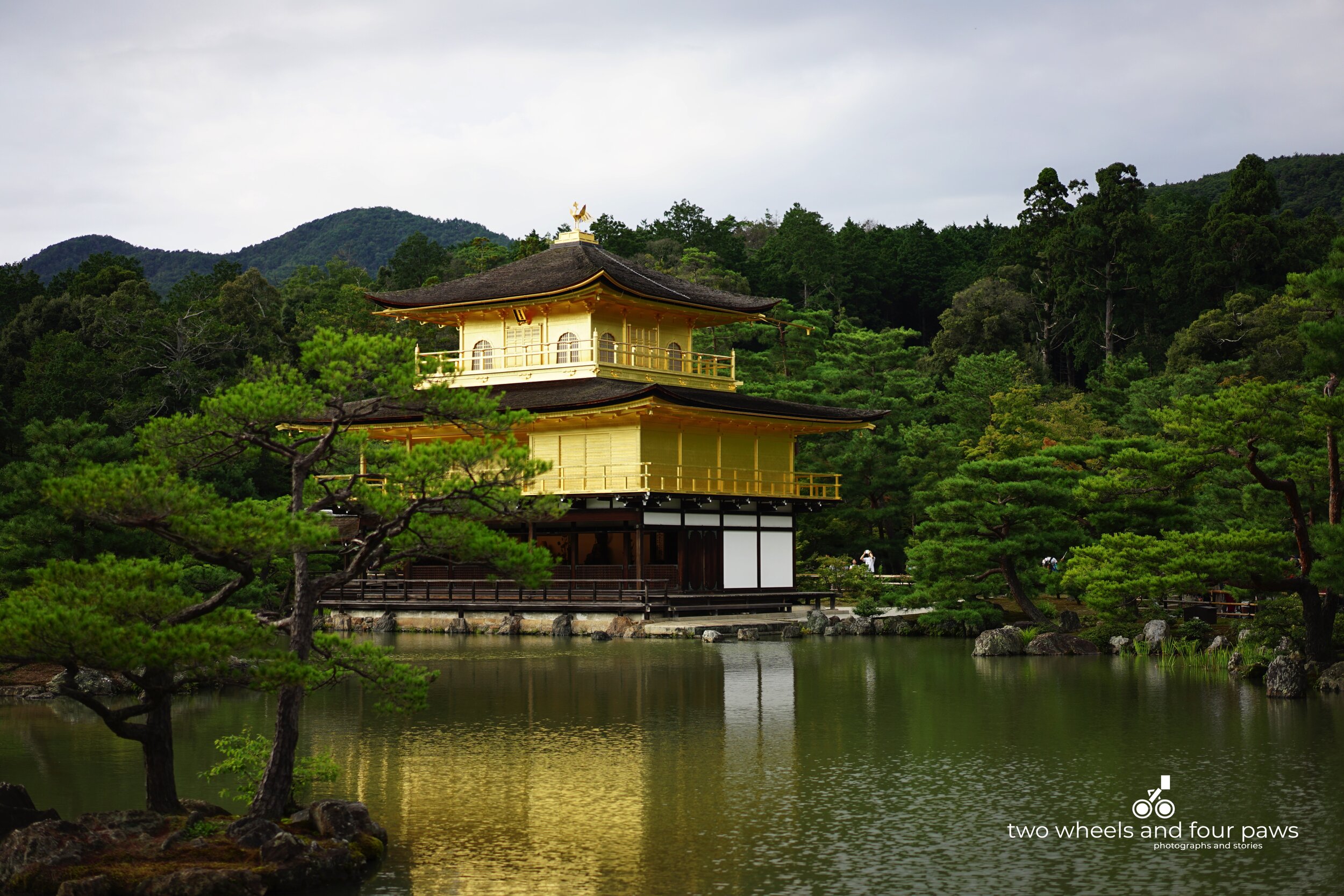
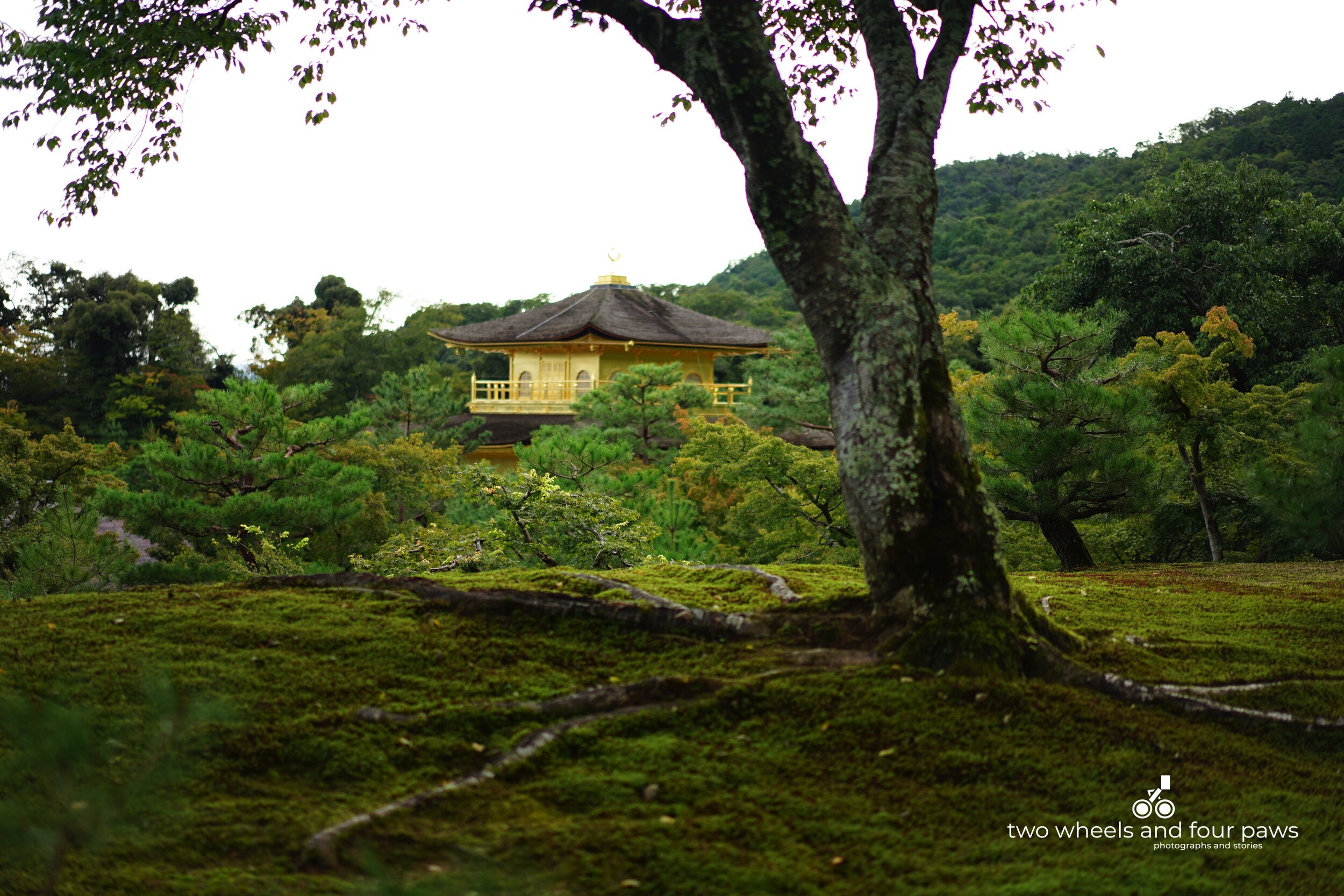
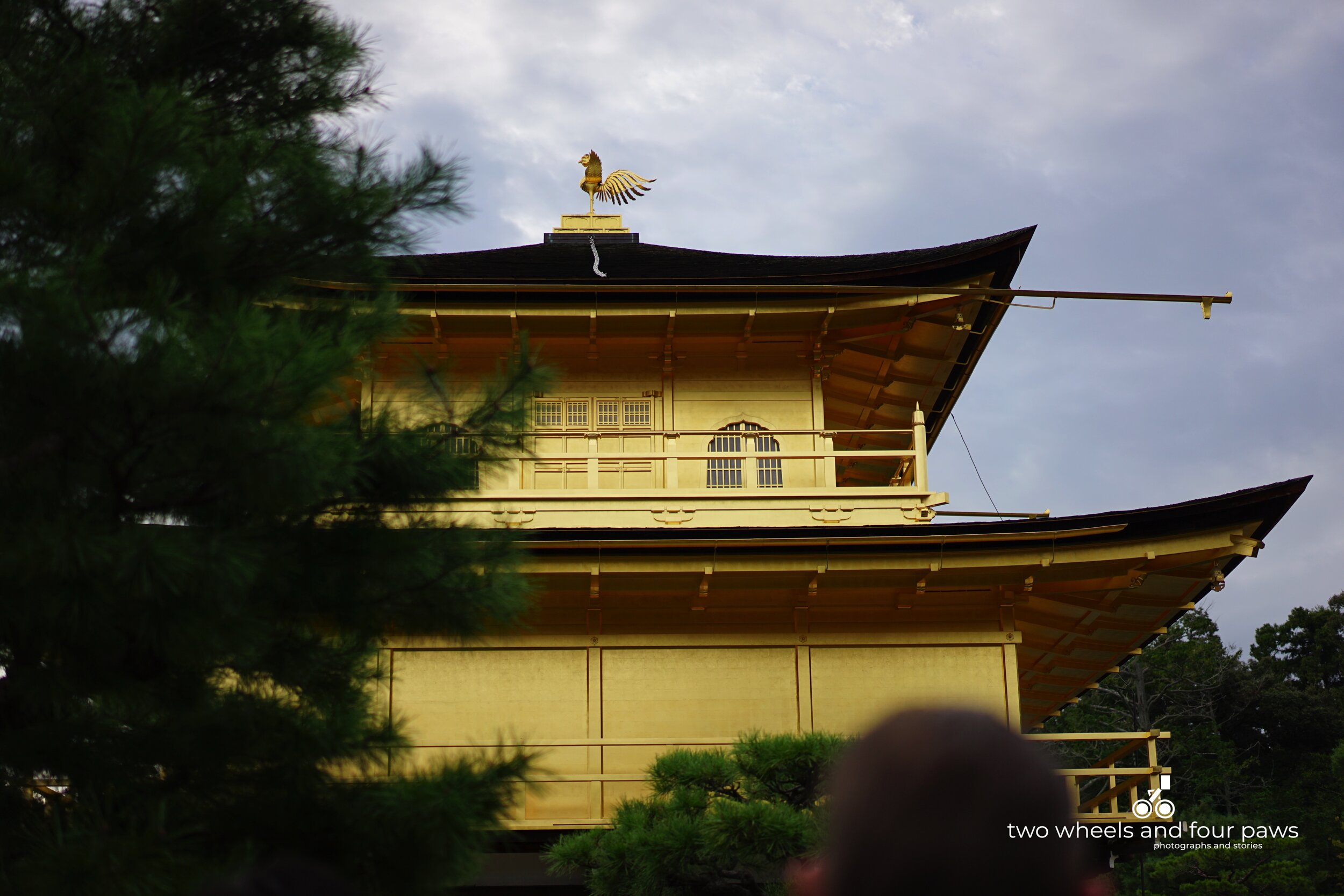
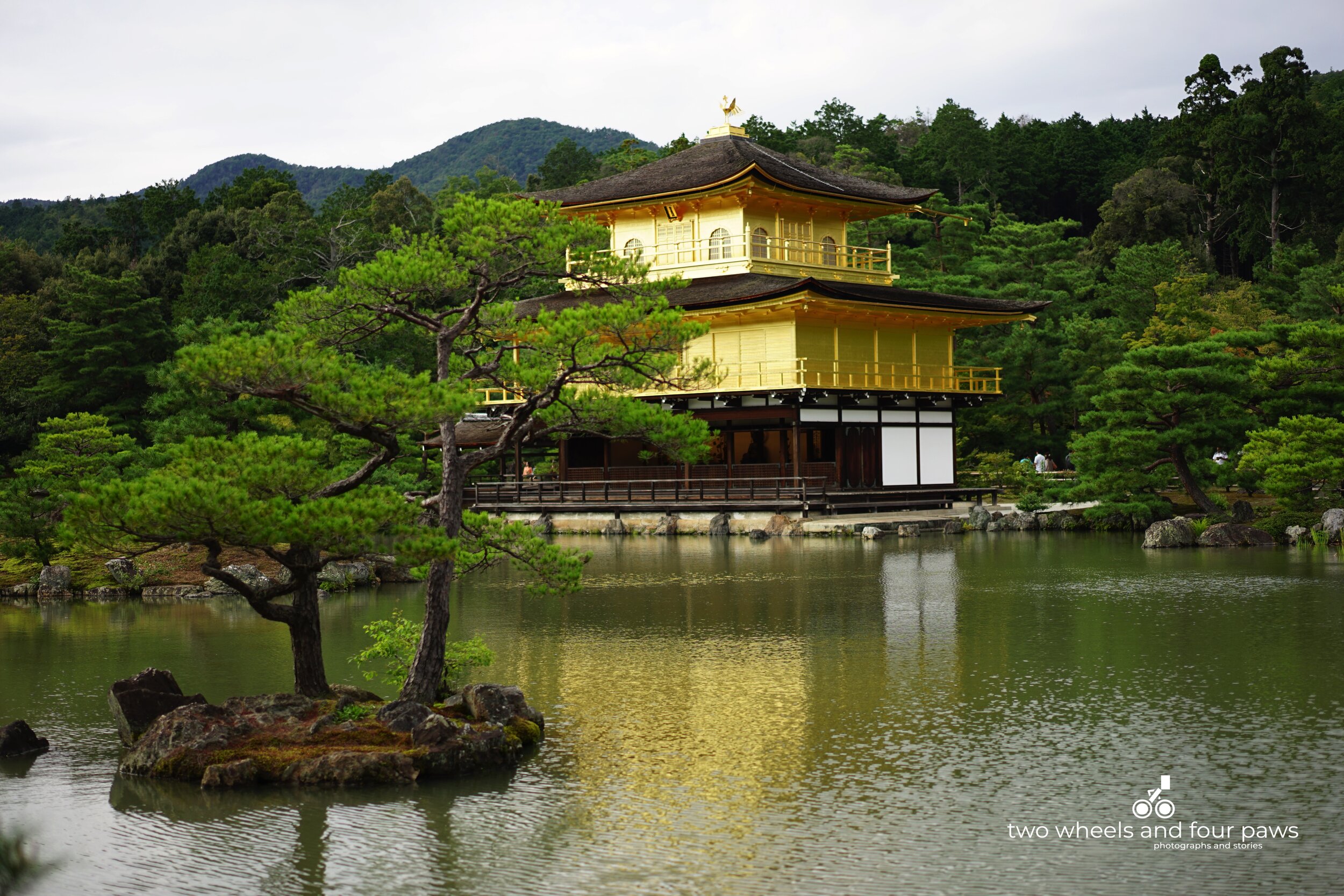
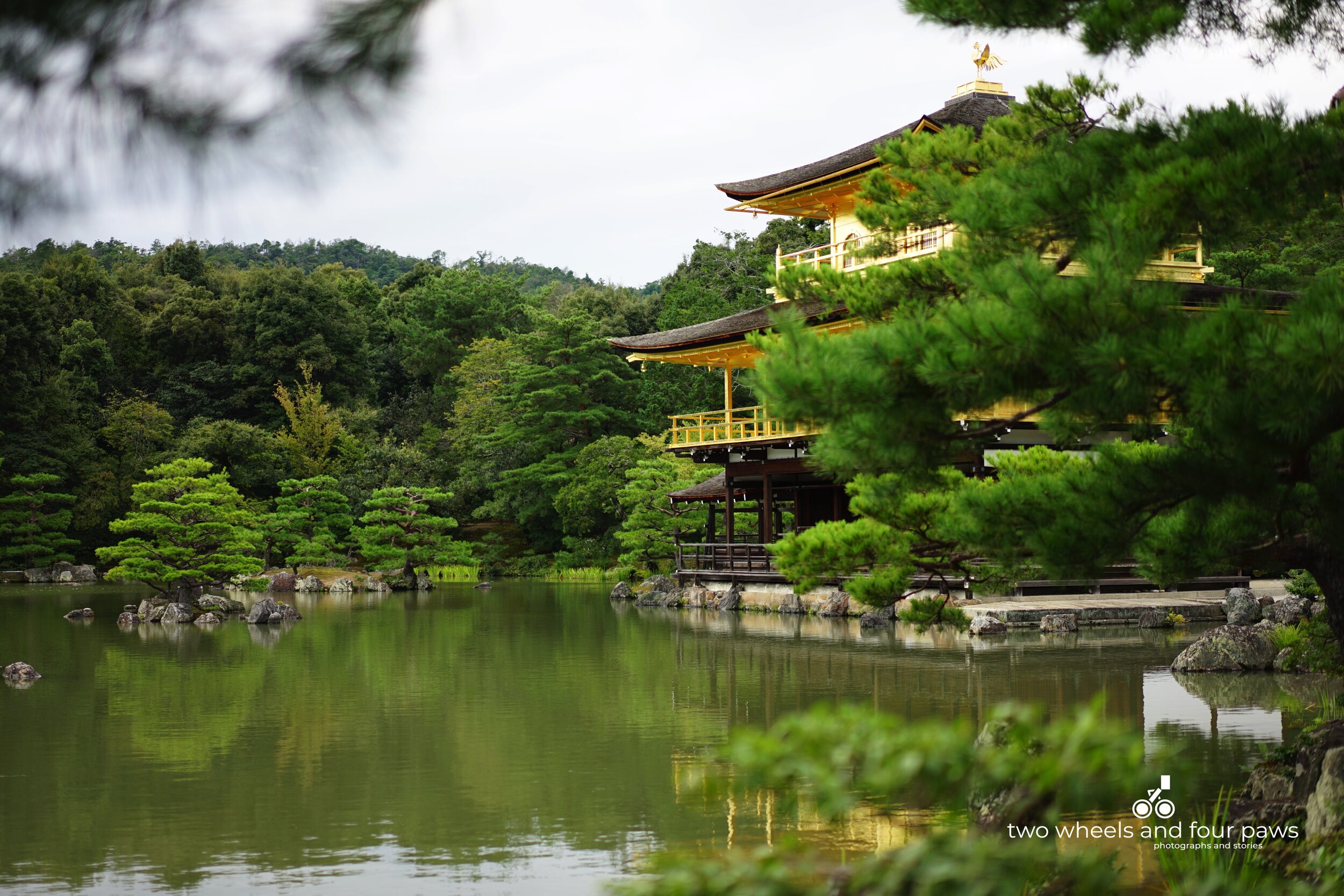
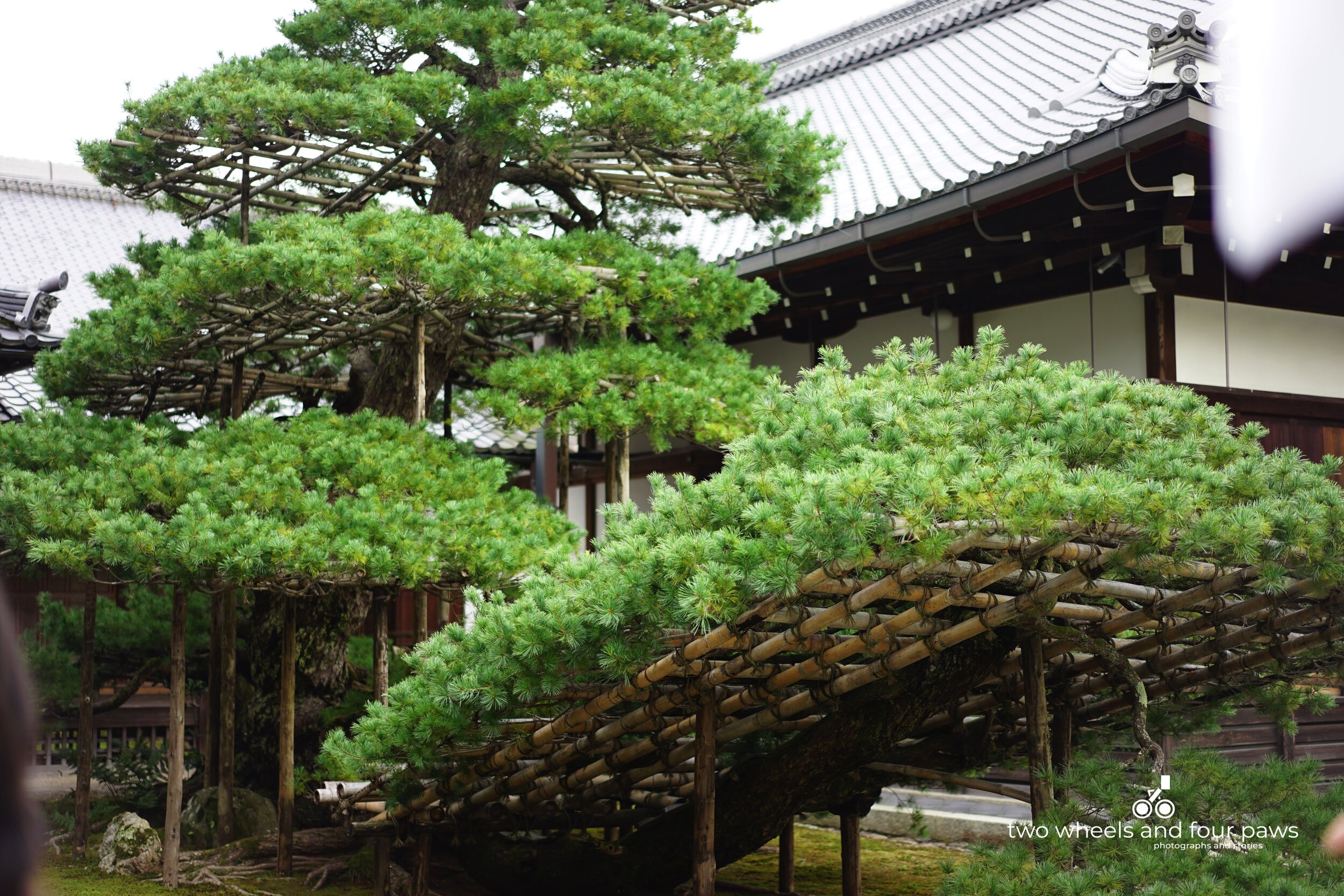
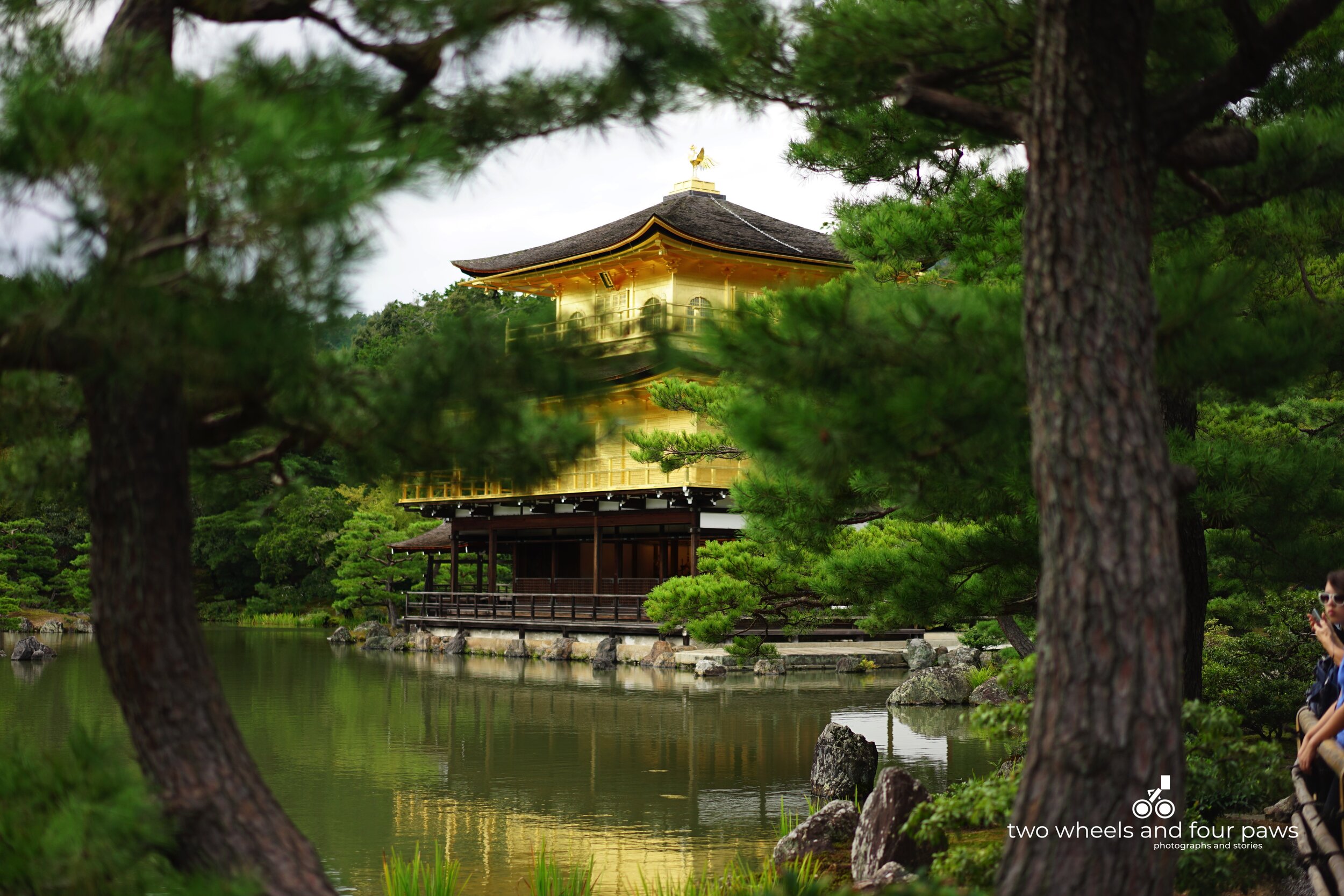
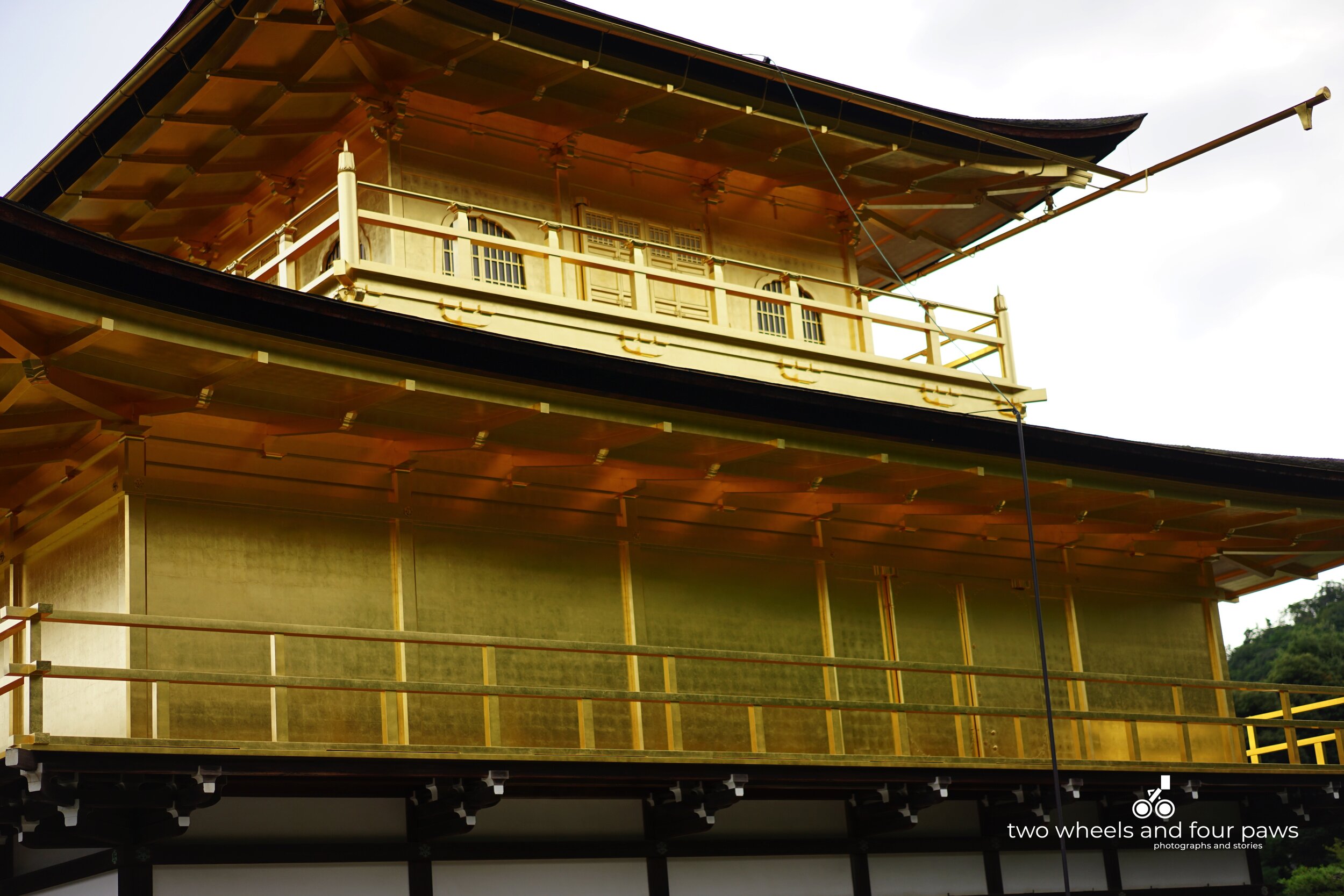

Calm….is what this picture brings. This is the Golden Pavilion or in Japanese, Kinkakuji and it is a Zen temple. According to various publications, the history of this place dates to 1397 when the villa was purchased by shogun Ashikaga Yoshimitsu. It was his retirement villa and converted by his son into a zen temple when he died. What is notable about this structure is that it represents three different styles of architecture - shinden on the first floor, samurai on the second and zen on the third. Have you noticed it from the outside? There is no shortage of publications about the history of this temple and I will not even attempt to rewrite one.
Instead, I would like to talk about my experience here and some quick tips to take good photos. I am lucky enough to see this place through one of our land tours as part of the cruise around Japan my husband and I did a few years back now. I soaked in all the sights, sounds and smell and I was determined to take really good photographs. I was mesmerised by the colours, the illusion of simplicity and the strong feeling that nature and structure were integrated. I was impressed that there is a tree in these pictures that is more than 6,000 years old.
However this is a heritage listed place and attracts thousands of visitors throughout the year. There was a swarm of people and millennials taking selfies by the pond with the Golden Pavilion in the background. All my zen quickly disappeared and I had wrestle my way in just to have a moment of opportunity to snap these photos. Then we had to quickly turn around or else you will be pushed by the throng of Instagrammers and their smartphones. One positive thing is that many people want to have a glimpse of this historical place and it will not be forgotten.
Today I look at these photos to remember the zen it brought me as soon as I viewed the temple from a good, elevated vantage point. As a novice photographer, I was lucky to have set my camera into the mode that I want to have these image effects before I got off the bus. All I had to focus on was to aim and shoot. I used my 55 mm Sony prime lens set to aperture priority at f1.8, and on wide area focus. Because the weather was perfect and there was plenty of light, I left the rest on auto and let the camera do its job.
My top tips:
Know beforehand if you are going to shoot fixed objects or moving objects AND if it is indoor or outdoor
Observe the weather, is it sunny or gloomy if outdoors, or if indoors it is well lit or dimmed
Set your camera to desired setting, as I did and described above and don’t fiddle with settings while on shoot. Even for a short period of time the lighting could change
Take as many photos as you can, you’ll never know what will turn out to be the best
Last and most importantly, take time to put your camera down and SEE it with you naked eyes and be in the moment.
